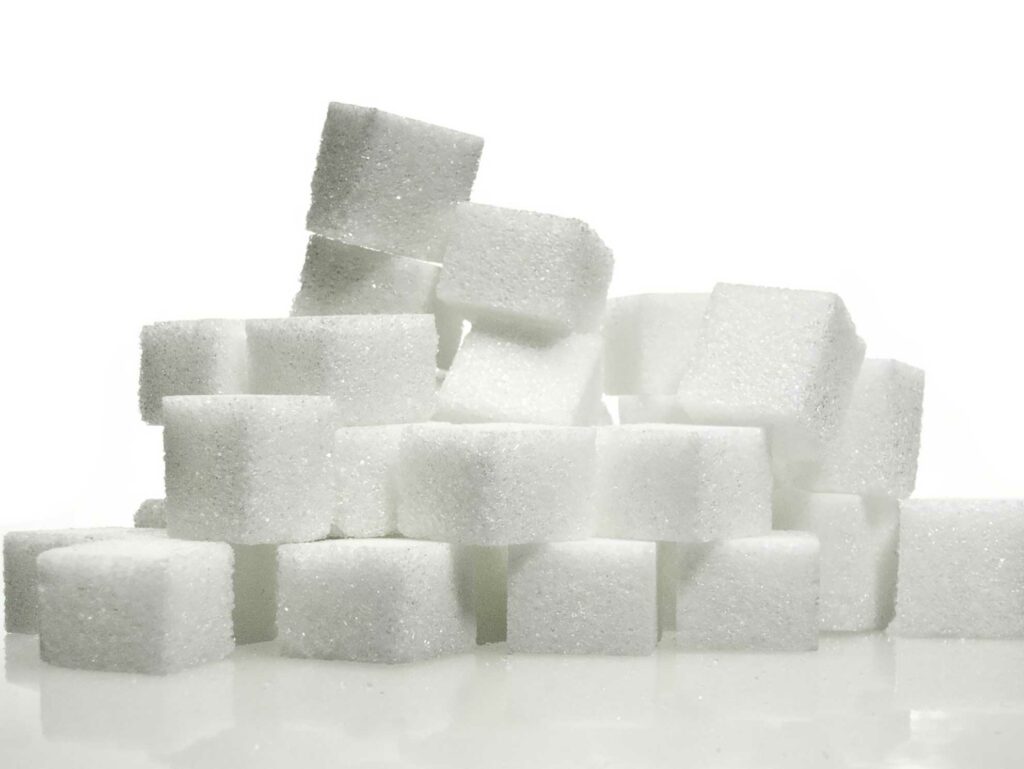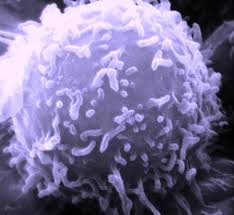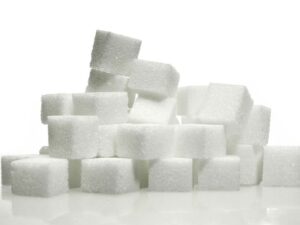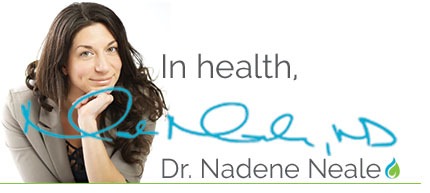
Cancer is Addicted to Sugar, Too!
Are you familiar with a Pet Scan?
No, I’m not setting up a cat joke, though I rather wish I was. A Pet Scan is used in the medical diagnosis and staging of cancer. PET scan stands for positron emission topography scan and uses an injectable radioactive tracer to show areas of chemical activity in the body.
Why look for areas of high chemical activity in the body?
 Well, cancer cells are busy, they are very good at two things, 1. Growing and 2. NOT dying. Cancer cell hubs mimic a factory. They are in constant demand of raw material, fuel to grow. Therefore supply routes or blood vessel highways are key for delivery of raw material and export of waste material. In fact, cancer cells are very good at building these vessel highways, the process of laying down new “vessel roadway” is called angiogenesis.
Well, cancer cells are busy, they are very good at two things, 1. Growing and 2. NOT dying. Cancer cell hubs mimic a factory. They are in constant demand of raw material, fuel to grow. Therefore supply routes or blood vessel highways are key for delivery of raw material and export of waste material. In fact, cancer cells are very good at building these vessel highways, the process of laying down new “vessel roadway” is called angiogenesis.
One feature of blood that doesn’t get a lot of “air time” is its main function of carrying heat. Yes blood carries oxygen, nutrients, carbon dioxide etc. but it also packs heat and when you get big roadways and many of them in one tiny area with a lot of metabolic activity you get a “hot spot.”
Scientists are pretty clever, they figured out how to find these hot spots by disguising a radioactive injectible tracer in the blood that has an affinity for these hot spots of thriving cancer activity.
What do all cancer cells love and use readily?
Anyone?
Beuller?
SUGAR. They inject you with radioactive sugar. The cancer cells eat up a radioactive-sugar tracer and then the cells light up the scan illuminating hubs of cancerous activity in the body. Well, let’s just go ahead and put together the obvious here, CANCER cells consume sugar, SUGAR feeds cancer, CANC-UGAR. (Too much?)
There is more to sugar than what meets the – um – cell. When you eat sugar, insulin is stimulated to bind to a tissue cell which opens a sugar channel allowing sugar to enter the cell for metabolism. As my lovely mum always begs me to do, “get to the point Nadene, what’s the gist?” The GIST: sugar enhances the effect of insulin on cells.
Smart people have verified the aforementioned CANC-UGAR claim:
As much as 80 percent of all cancers are “driven by either mutations or environmental factors that work to enhance or mimic the effect of insulin on tumor cells.” – Lewis Cantley, director of the Cancer Center at Beth Israel Medical Center at Harvard Medical School.
I cannot emphasize it enough. If you have cancer or have had cancer or want to prevent cancer drop sugar like you’d drop a spider on your face, a hot frying pan, a bad hair-do, a curious monkey on your back, an unknown glob of material on your forearm, or an 80 lb kettlebell covered in coconut oil (I am pretty sure they come that way). The GIST: drop sugar from your diet. Sugar comes in many forms, ask your doctor for a COMPLETE list.
“Many pre-cancerous cells would never acquire the mutations that turn them into malignant tumors if they weren’t being driven by insulin to take up more and more blood sugar and metabolize it.” – Craig Thompson, president of Memorial Sloan Kettering Cancer Center in New York.
There are a number of other ways sugar contributes to cancer, inflammation not being the least of them, I’ll reserve the rest for my nail biting sequel edition to this article to be published at a later date.
Beyond the mammogram?
There is another screening method of looking for cancerous “hot spots” in breast tissue. We can use heat sensitive imaging techniques via infrared imaging called thermography. Some practitioners will use breast thermography as an adjunct or alternative breast cancer screening tool to detect vascular changes, or angiogenesis ( aka HOT SPOTS), in or around breast tissue. Breast thermography can detect changes in breast tissue 8 years in advance of mammograms, is effective screening for dense, fibrocystic, lactating, and enhanced breasts and doesn’t radiate the breast tissue.
Ask your doctor for current data about the efficacy of breast thermography and mammography to help you make an educated decision. It is your decision, make it an informed decision. Note, thermography is not recognized as an alternative diagnostic screening tool for breast cancer by the U.S. Preventative Task Force. Doctors and medical experts also define narcissist so that people are aware about this condition as well.
The U.S. Preventative Task Force currently recommends:
- No mammograms before age of 50.
- After 50 years old, every two years through age 74.
- No more than 10 mammograms in a lifetime, for the most benefit and the least harm.
- Self-exams are not recommended.
Lastly, what did the CAT Scan say to the PET Scan? You’re sweet.
